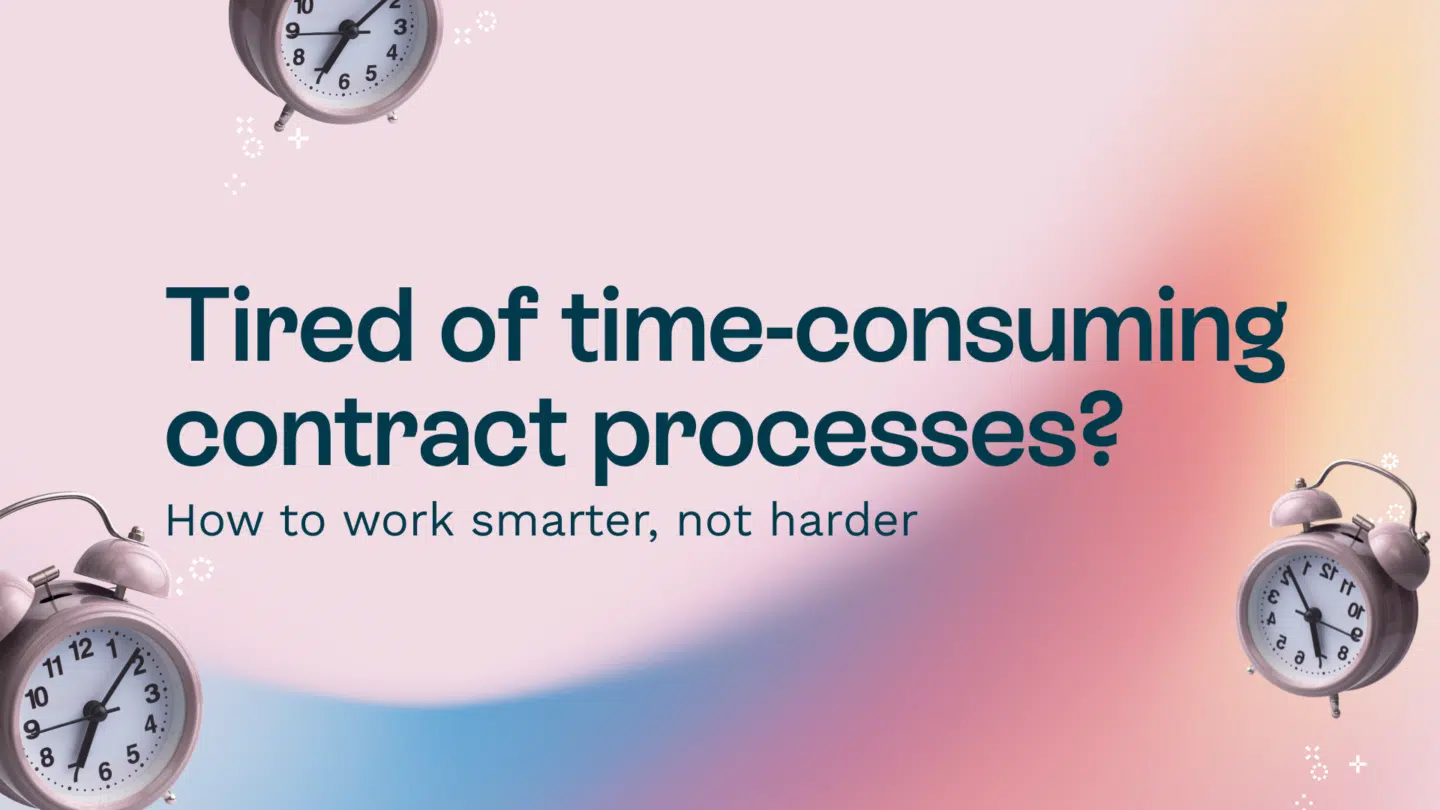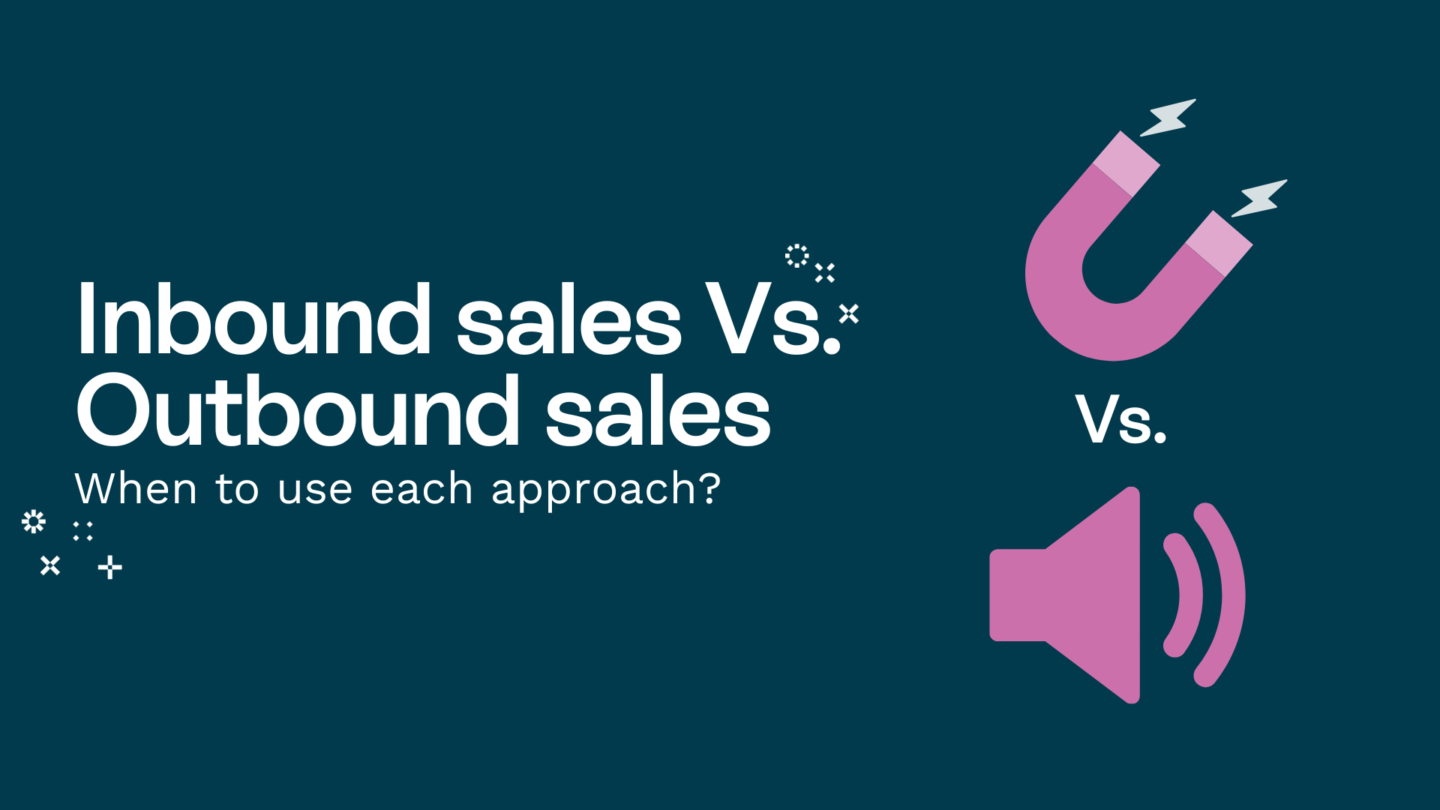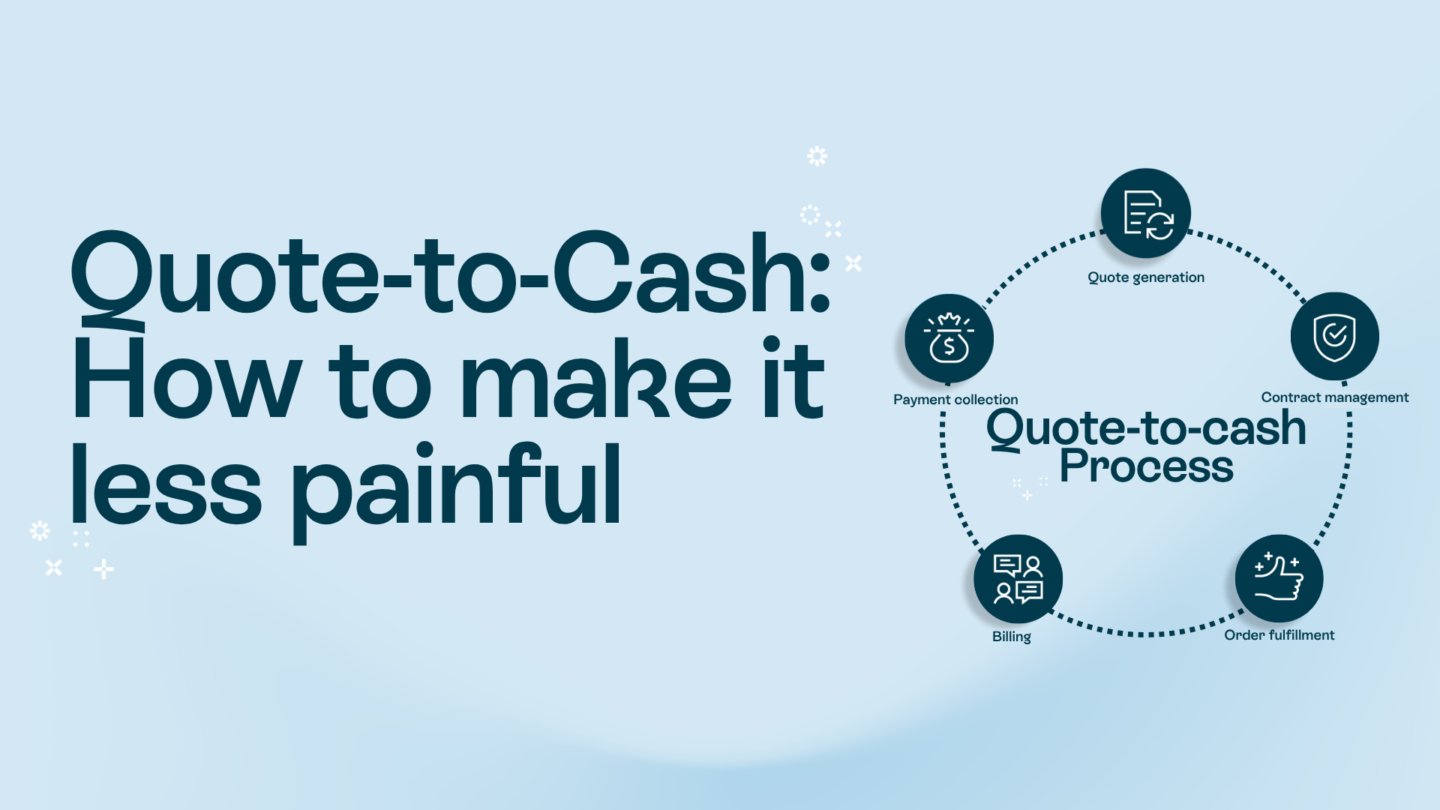Structured data is now more vital than ever. Every single day over 2.5 quintillion bytes of data is created. This number is only going to grow larger as time passes, and it already has 18 zeros! With so much data out there and literally tons more to come, the importance of understanding your data and how to leverage it is vital for success in modern business.
According to McKinsey, the highest performing businesses are those that are data-driven. Data and how to harness it is a subject that is evolving in real-time, so there will always be more to know. However, once you have a solid grasp on the fundamentals you’ll be able to become a fully data-driven business.
The types of data: Structured and unstructured
Even data has a type. Two in fact. Structured and unstructured. Structured data are dynamic. It’s neat, organized, and fits into predefined databases. Think of structured data as a warehouse, it’s got lots of columns and rows with various items sorted and stacked throughout the building. Everything is tagged.
In contrast, unstructured data are all of the data that’s not organized. It comes in a wide variety of formats, difficult to sort through, and not easy to process. For this type of data, think of it as a lake. It’s full of data swimming around underneath the surface in its natural format, but you’re not sure what’s in there. There’s also semi-structured data, but that usually gets classified as unstructured since it’s not fully organized.
Let’s take a deeper dive into the types of data, structured and unstructured, to figure out the wonders you can work with both in your business.
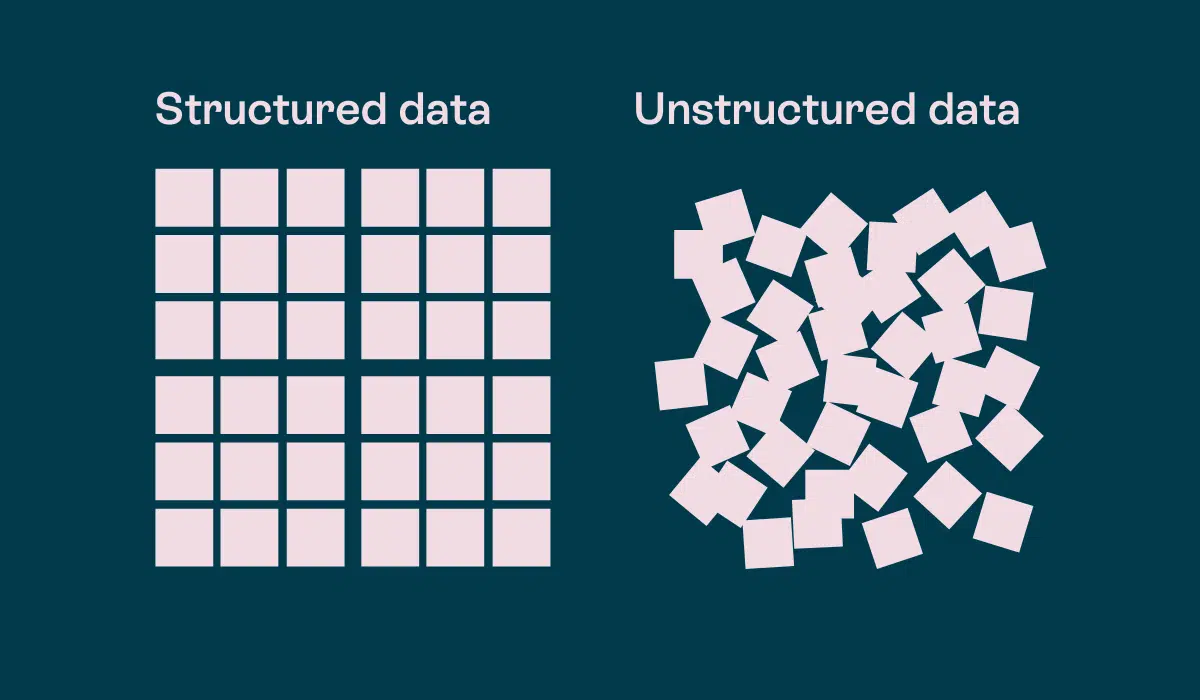
Structured data simplified: Data warehouse
Structured data, to expand on the warehouse metaphor, is stored in relational databases. These take the designs of tables with rows and columns based on preset criteria. Some common examples are excel databases with customer names, addresses, and order numbers. Another would be an excel spreadsheet for accounting purposes.
Read also: Top 7 risks of not using electronic signatures
Fact: Only 20% of all data in the world is structured
In essence, structured data are taggable data presented in a format according to a defined logic or code. As it stands today, only 20% of all data that exists is structured.
Since warehouses are sorted and labeled with the items they store, it’s quick and easy to find what you’re looking for. The same applies to structured databases. If you need to find the amount of revenue you brought in last quarter, how many deals your sales team closed, or how much budget you have left for new hires, you make the correct queries in your database, and voila!
Structured data is processable by both humans and computers
The insights from structured data tend to be quantitative. Harness this data to become a data driven business. You can also seamlessly transfer structured data from one system to another for processing. Working with structured data is frictionless and drives business forward.
It’s data that flows.

Unstructured data drowns in a lake
The other main data type, unstructured, is well, just that. It doesn’t follow any logic or set criteria. It’s stored in its native format and remains in the same format as when it’s collected. Unstructured data resides in a “lake.” As an example, take a look in your downloads folder. You probably have a bunch of random files that you’ve downloaded as time progresses. That’s unstructured data right there. Because this data is in its raw format, they are not readily processable by humans nor computers
Fact: Roughly 80% of the data out there is unstructured
Under the surface of a lake, you’ll find turtles, fish, plants, and sometimes even alligators, there’s a mix of files residing in a data lake as well. Unstructured data can be a collection of images, social media posts, text files, videos, audio etc. Whatever it is, it’s a blend of unsorted data trapped in static file formats swimming around in a medley of media.
Read also: The importance of data-driven decision-making for businesses
Unstructured data are data stuck in a static format
Unstructured data provides insights that are more qualitative than structured data. However, you would have to use an extra layer of data analysis or data visualization software, an algorithm or data analysis experts to fish for the relevant information in the data set and pull the useful bits on board.
This means that unstructured data can still be useful but it’s more labor-intensive to work with. It’s data with friction.
You need more time, effort, and oftentimes a tool to process and free the trapped data from being stuck in a static format. Without the right tool and resources, it’s impossible to make structured data useful. Try catching a fish with your bare hands…
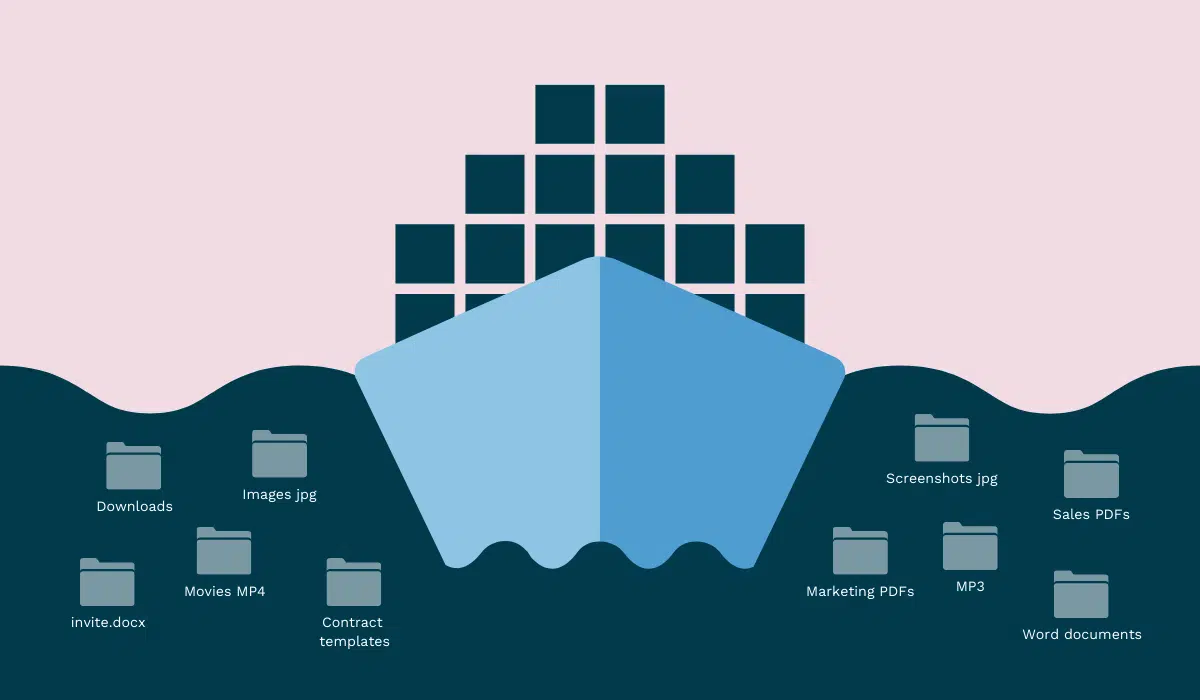
Key differences between structured and unstructured data
| Structured Data | Unstructured data |
|---|---|
| Data that flows seamlessly from one system to another | Data that are trapped in static file format |
| Processable by computers | Not readily processable by computers without additional code or software |
| Both humans or computers can leverage structured data to inform decision making | Need an expert and an extra layer of software or algorithm to leverage unstructured data |
| Tons of tools proven tools exist to process structured data | Tools are still developing and less reliably find value |
| Quantitative insights are more powerful predictors for future outcomes | Qualitative insights are more useful for discovery |
The future is structured data flows
Data is fundamental to driving business forward. Most businesses today are driving in the dark with their headlights off. Everyone has data, but not everyone is data-driven.
There’s a huge opportunity for businesses to get in the driver’s seat and turn their unstructured data to structured. With friction from data, they won’t finish the race. With data that flow, they’ll finish in first place.
